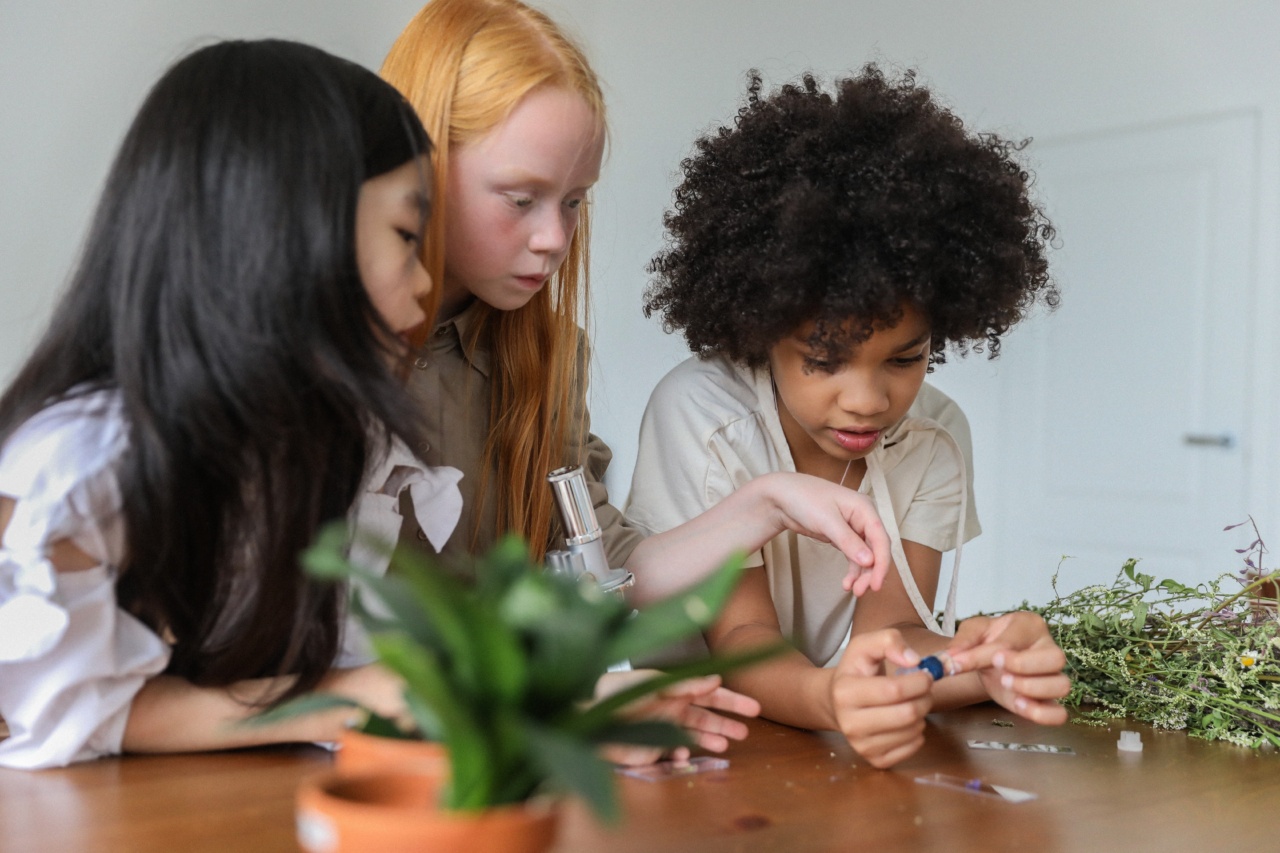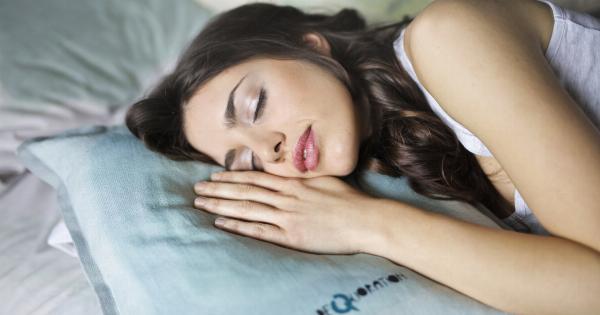Childhood sleep-jumping, also known as sleep-starts or hypnic jerks, is a common occurrence in the life of young children. Parents often witness their child suddenly twitching or jumping while asleep, which can be quite alarming.
While many may think of it as a random and harmless action, there is actually scientific reasoning behind this phenomenon. In this article, we will delve into the science behind childhood sleep-jumping and explore the factors that contribute to its occurrence.
Understanding Sleep-Jumping
Before we delve into the science behind sleep-jumping in children, it is essential to understand what exactly happens during this phenomenon.
Sleep-jumping refers to involuntary muscle contractions or twitches that occur just as a child is falling asleep or during the early stages of sleep. These sudden movements can involve an isolated jerk of one limb or even a full-body twitch.
While sleep-jumping can occur in individuals of all ages, it tends to be more prevalent among children.
This is because the nervous system is still developing during childhood, and it undergoes various changes that can lead to these spontaneous movements while asleep.
The Role of Hypnagogic Myoclonus
Hypnagogic myoclonus is the scientific term used to describe the jerking sensation experienced during the transition from wakefulness to sleep. It is believed to be the primary cause of childhood sleep-jumping.
This condition is characterized by a sudden contraction of muscles, often accompanied by a feeling of falling or a visual flash. In some cases, hypnagogic myoclonus may be so intense that it causes a child to wake up from their sleep.
Understanding the Nervous System
To comprehend the science behind childhood sleep-jumping, we need to have a basic understanding of the nervous system. The nervous system consists of two main parts: the central nervous system (CNS) and the peripheral nervous system (PNS).
The CNS is made up of the brain and spinal cord and serves as the control center for the entire body. It receives and processes information, coordinates actions, and sends signals to the various parts of the body.
On the other hand, the PNS connects the CNS to the limbs and organs, allowing for communication between the brain and the rest of the body.
Brain Activity during Sleep
During sleep, the brain transitions through different stages, including light sleep, deep sleep, and rapid eye movement (REM) sleep. Each stage is characterized by distinct brainwave patterns and physiological changes.
Research has shown that sleep-jumping primarily occurs during the transition from wakefulness to sleep or during light sleep.
This is because the brain is still active during these stages, and the nervous system is adapting to the changes in consciousness.
Factors that Influence Childhood Sleep-Jumping
Several factors contribute to the occurrence of sleep-jumping in children. Some of these factors include:.
1. Fatigue and Sleep Deprivation
When children are overtired or experiencing sleep deprivation, the likelihood of sleep-jumping increases. Fatigue can disrupt the normal sleep-wake cycle and lead to increased muscle contractions during sleep.
2. Stress and Anxiety
Emotional stress or anxiety can trigger sleep-jumping. Children who experience high levels of stress or anxiety may have an overactive nervous system, leading to increased muscle twitches during sleep.
3. Caffeine and Stimulants
Consuming caffeine or other stimulants close to bedtime can interfere with the child’s ability to fall asleep peacefully. This can disrupt the natural transition from wakefulness to sleep and increase the likelihood of sleep-jumping.
4. Underlying Health Conditions
In some cases, childhood sleep-jumping may be associated with underlying health conditions such as restless leg syndrome or periodic limb movement disorder. These conditions can cause involuntary movements during sleep, leading to sleep-jumping.
Managing Childhood Sleep-Jumping
While childhood sleep-jumping is generally harmless, it can disrupt a child’s sleep and possibly affect their overall well-being. Here are some strategies to help manage sleep-jumping:.
1. Establish a Consistent Sleep Routine
Creating a regular and relaxing bedtime routine can promote healthy sleep habits and reduce the frequency of sleep-jumping. This includes maintaining a consistent sleep schedule and engaging in calming activities before bed.
2. Create a Sleep-Friendly Environment
Ensure the child’s sleep environment is conducive to a good night’s sleep. A dark, quiet, and comfortable room can help minimize external stimuli that may trigger muscle twitches during sleep.
3. Avoid Stimulants and Heavy Meals
Limit your child’s intake of caffeine and sugary treats, especially before bedtime. Additionally, avoid heavy meals close to bedtime, as this can disrupt the sleep-wake cycle and increase the chances of sleep-jumping.
4. Practice Stress-Relief Techniques
Teaching children stress-relief techniques, such as deep breathing exercises or mindfulness techniques, can help calm the nervous system and reduce sleep-jumping associated with stress or anxiety.
When to Seek Professional Help
While childhood sleep-jumping is generally harmless, there may be cases where it becomes more frequent or disruptive.
If sleep-jumping significantly affects the child’s quality of sleep or overall well-being, it is advisable to seek professional help.
A pediatrician or sleep specialist can evaluate the child’s sleep patterns, identify any underlying health conditions, and provide guidance on how to manage sleep-jumping effectively.































